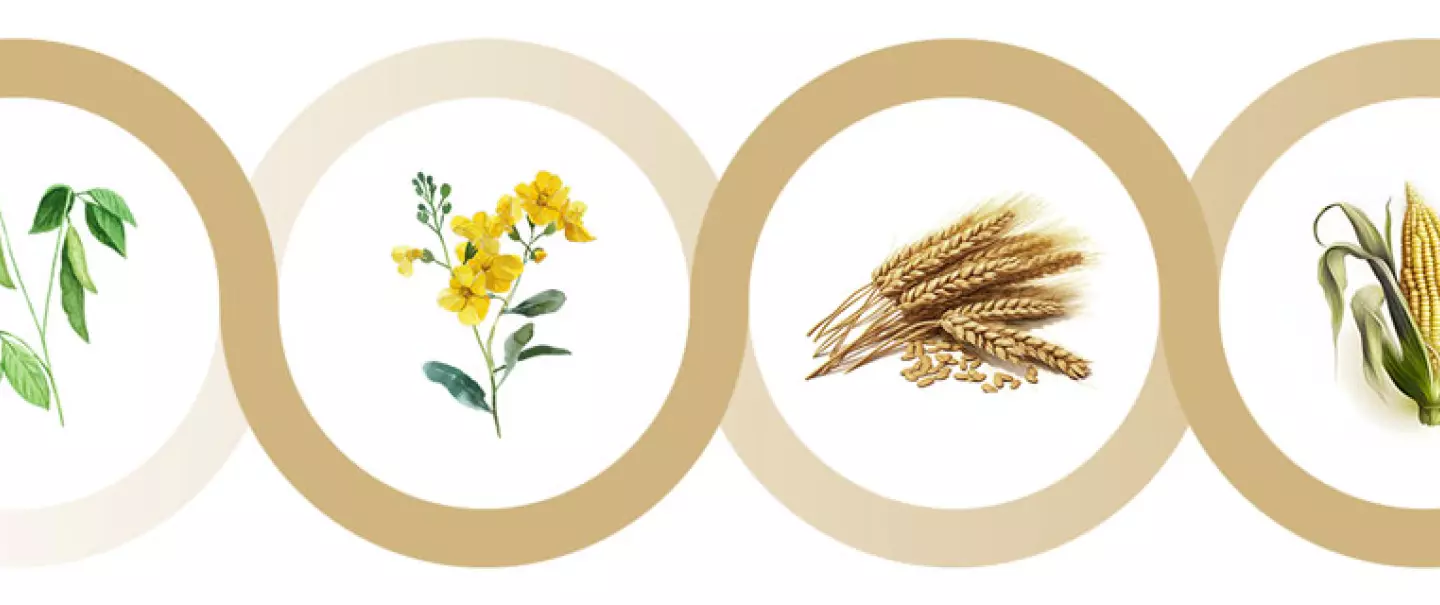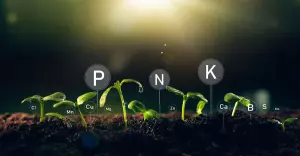
Crop rotation examples
Since the Middle Ages, world agriculture has developed many crop-rotation plan possibilities, including three-year rotations with fallow land. These practices are part of so-called "agro-ecological" p...
The practice of planting a sequence of different crops (crop family as well as type: spring or winter) is based on agronomic considerations. Increasing yields and preserving the soil, medium and long term, are just two of the aims of crop rotation, which are achieved through preserving and even enhancing soil fertility.
Different crops take up and return nutrients to the soil in varying amounts. Some, like corn and wheat, are heavy users of nitrogen, while others may require more phosphorus or potassium. Crop rotation in the U.S. is designed to manage these nutrient demands by sequencing crops to maintain soil fertility. For example, corn is often planted after legumes like soybeans or cover crops such as clover, which help replenish nitrogen. Crops with lower nutrient needs, like small grains, may precede more demanding ones to balance soil inputs and reduce fertilizer use.
Crop rotation is also important for regenerating the structure of soil structure, particularly when intermediate crops are part of the rotation. Once broken down, organic matter becomes stable soil organic matter, which plays a key role in improving soil structure and fertility. Rotating crops with different root systems helps improve soil structure and creates channels for water movement, nutrient cycling and beneficial soil organisms. Deep-rooted crops like soybeans, sunflowers or alfalfa can be alternated with fibrous-rooted crops like corn, wheat or grasses to support soil health and long-term productivity.
Supplementary definitions:
- Crop-rotation plan refers to all crop rotations on an entire farm or region.
- The terms "first crop", "middle crops" and "last crop" refer to crops in the rotation. The first is chosen for its nutritive value, the second is the most profitable and the last is generally the one that cleans the plot.
Interrupting the cycle of pests and disease specific to a plant family is achieved by planting a new crop. Pests and disease decrease as they no longer have a favorable living environment. In fact, crop rotation reduces the need for inputs to fight against them.
Weeds that develop with certain crop species are also reduced using this practice. Crops like corn, which tend to promote weed growth, are often planted after crops that help suppress weeds, such as small grains or cover crops. Rotating crops allows farmers to vary herbicide programs, helping prevent resistance. In some systems, tillage between crops can also reduce week pressure and lower the need for chemical control.

Since the Middle Ages, world agriculture has developed many crop-rotation plan possibilities, including three-year rotations with fallow land. These practices are part of so-called "agro-ecological" p...
